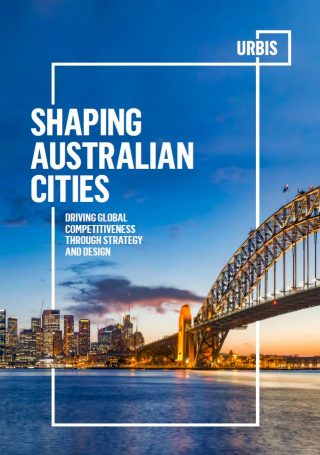“
We still want our great leafy outdoor lifestyle, we still want to have parks and to walk the dog and go for a bike ride.
So, cities are becoming increasingly powerful in terms of their interrelationship with one another, and as fields for investment and innovation. The Grattan Institute did some research last year exploring how cities are becoming more and more magnetic.
It found that despite technology enabling us to work anywhere, anytime, we’re seeing an ever-greater coalescence of people, investment, capital, talents and ideas in cities. They are becoming more potent and significantly out-competing regions.
For Brisbane, in an important psychological change, we no longer look south of the border for comparison. The thinking behind New World City, our own economic development, our own industries and our own focus on various precincts’ innovation has meant that we’ve matured.
That’s a major change in 10 years, and an important one because it underpins something else about Brisbane – an increasing desire for urban life.
That plays out in some of our recent research here at Urbis. People are trading infringe and suburban lifestyles for the convenience and attractiveness of living near South Bank, or getting a coffee, or being able to eat out at any time of the day.
Or cultural experiences, something Brisbane is doing increasingly well. More than 30 per cent of the people now renting the new apartments built during the last cycle in inner Brisbane have actually come from within Brisbane, but past 10 kilometres out.
This all points to the fundamental shift in what the people of Brisbane, or at least more of the people of Brisbane value in terms of the city. We still want our great leafy outdoor lifestyle, we still want to have parks and to walk the dog and go for a bike ride, and have a barbecue with friends.
But we are now, to add to the complexity of how the city functions, prepared to accept higher density living as a trade-off for amenity, even for families.

